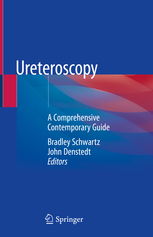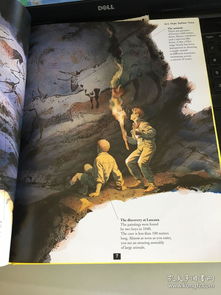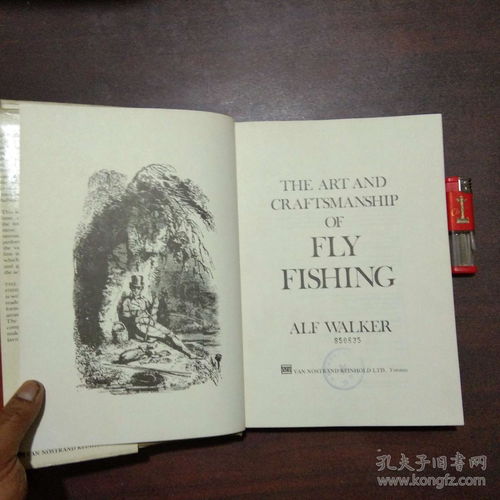Content:
Introduction: Fishing, an ancient pastime that has stood the test of time, is not just a leisure activity but also a skill that can be mastered with practice and guidance. Teaching the art of fishing requires a blend of knowledge, patience, and practical experience. This article aims to provide a comprehensive guide on how to write a fishing技巧教学过程, covering the essential aspects of the teaching process.
I. Understanding the Basics
Define the objective: Before starting the teaching process, it's crucial to define the objective. Are you teaching beginners, intermediate, or advanced anglers? The level of detail and complexity of the techniques should be tailored accordingly.
Gather necessary equipment: Ensure that you have all the necessary equipment for teaching, including rods, reels, lines, hooks, lures, and bait. It's also helpful to have a variety of fishing locations to demonstrate different techniques.
Explain the importance of safety: Safety should always be the top priority. Teach the students about the safety rules, such as how to handle sharp hooks, the importance of wearing a life jacket if fishing from a boat, and how to avoid accidents with other anglers.
II. Casting Techniques
Start with the basics: Begin by teaching the basic casting techniques, such as the overhand cast, sidearm cast, and roll cast. Explain the importance of proper grip, stance, and arm movement.
Practice and repetition: Casting requires practice. Encourage students to cast repeatedly to improve their technique. Offer feedback and correct any mistakes they make.
Advanced casting techniques: Once the students have mastered the basic casting techniques, introduce them to more advanced casting methods, such as the pendulum cast, snap cast, and flipping techniques.
III. Bait and Lure Selection
Understand different types of bait: Teach the students about various types of bait, including live bait, artificial lures, and artificial baits. Explain the advantages and disadvantages of each type.
Match the bait to the fish: Discuss how to select the appropriate bait based on the type of fish being targeted. For example, some fish are more attracted to live bait, while others prefer artificial lures.
Demonstrate lure presentation: Show students how to present lures effectively, including the importance of speed, depth, and retrieve techniques.
IV. Knot Tying
Teach basic knots: Start by teaching the students how to tie basic knots, such as the improved clinch knot, the Palomar knot, and the uni knot. These knots are essential for securing hooks, lures, and leaders.
Practice and reinforce: Have students practice tying knots multiple times to ensure they understand the process. Offer assistance and correct any mistakes.
Advanced knots: Once the students are comfortable with basic knots, introduce them to more advanced knots, such as the blood knot, the surgeon's knot, and the Alberto knot.

V. Reading the Water
Explain the importance of water reading: Teach students how to analyze the water's flow, depth, and structure to identify potential fish-holding areas.
Demonstrate water reading techniques: Show students how to use their eyes, rods, and lures to read the water effectively. Discuss the importance of subtle changes in the water's surface and bottom structure.
Practice water reading: Encourage students to practice reading the water by exploring different fishing locations and applying the techniques they've learned.
VI. The Teaching Process
Plan the lesson: Before teaching, plan the lesson structure, including the topics to be covered, the duration of each section, and the activities to be used.
Engage the students: Use interactive teaching methods, such as demonstrations, hands-on practice, and group discussions, to keep the students engaged and interested.
Provide feedback: Offer constructive feedback throughout the teaching process. Praise the students for their progress and correct any mistakes they make.
Adapt to the students' needs: Be flexible and adapt the teaching process to the students' needs. Some may learn faster than others, so tailor the lessons to their pace.
Encourage questions: Encourage students to ask questions and seek clarification. This not only helps them learn but also shows their interest in the subject.
Conclusion: Writing a fishing技巧教学过程 involves a detailed understanding of the subject matter and the ability to communicate effectively with students. By following the steps outlined in this guide, you can create a comprehensive and engaging fishing技巧教学过程 that will help your students master the art of fishing. Remember that patience and practice are key to successful teaching, and with time, your students will become skilled anglers themselves.












